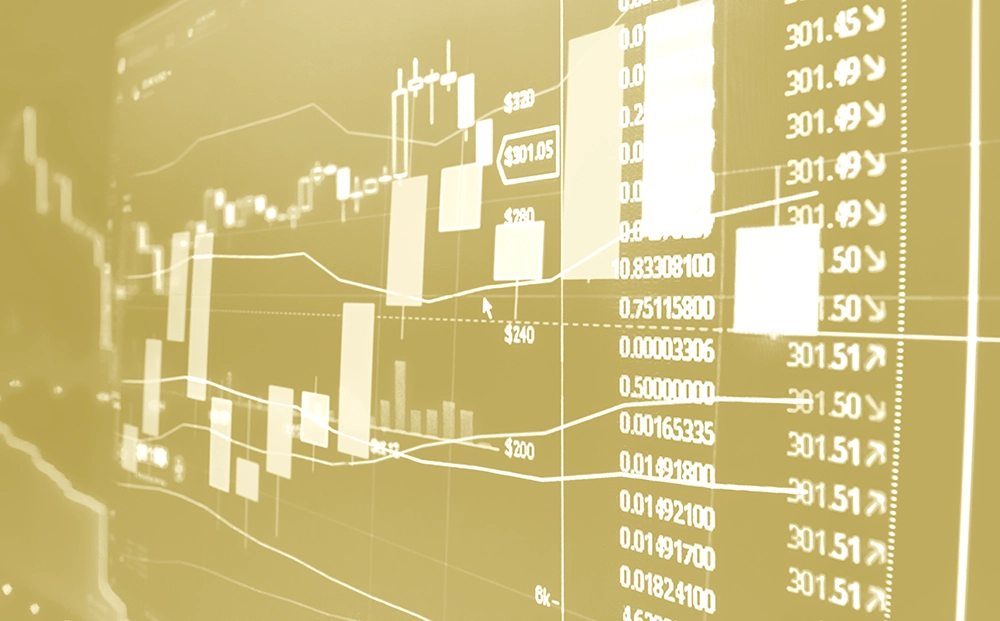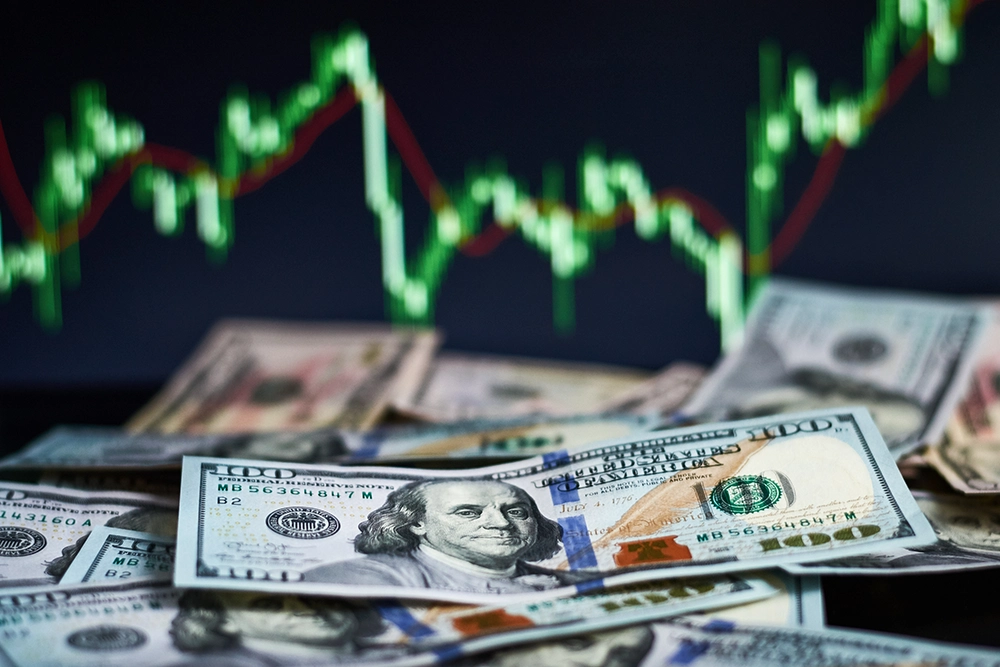Forex Trading Guide
Forex is one of the most traded markets in the world, with an estimated daily turnover that exceeds $6 billion. With round the clock trading opportunities, learn what FX is and how to trade it.
1. What is Forex?
Forex trading, also known as FX, refers to ‘foreign exchange’ – which is the act of trading one currency for another.
Forex traders seek to profit from fluctuations in the exchange rates between currencies, speculating on whether one currency's value, like the pound sterling, will go up or down in relation to another, such as the US dollar.
That’s why, when trading FX, you’re always trading in pairs. You can’t speculate on a currency’s value by itself. Popular FX pairs include GBP/USD, USD/JPY, and EUR/USD.
2. How does FX trading work?
A simple way to think about forex trading is the following:
Let’s say you believe that the value of the euro will rise against the US dollar because the EU reported strong economic growth, while the US has recently reported some weak data regarding its economy.
In this scenario, you would buy EUR/USD – meaning you’re buying euros while selling the US dollar.
If you’re correct, and the euro rises against the dollar, you make a profit. If you’re incorrect and the dollar increases in value compared to the euro, you make a loss.
The amount of your profit or loss depends on your trade size, and how long you keep the position open for.
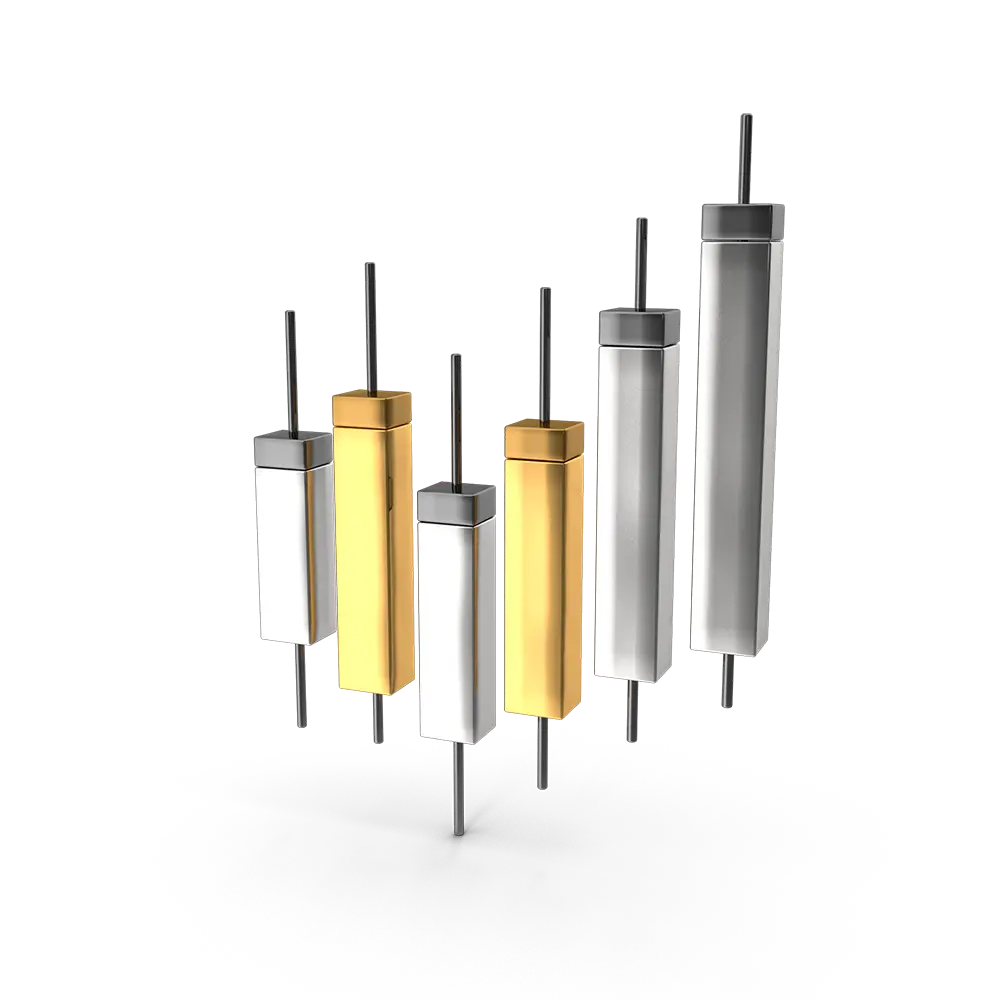
3. Features of Forex
Before you begin forex trading, there are some important aspects to consider. Let’s take a look at the key information when it comes to FX – and why it’s so popular in modern day trading:
-
Trade on rising and falling markets
Trade on rising and falling markets You can trade on falling markets by going short, and rising markets by going long. In other words, you can profit from a falling currency if you exchange it for another currency that’s rising value. Since FX trading is denoted by currency pairs, the currency you’re buying is usually first (i.e. you buy GBP/USD, which means you’re going long on GBP and going short on the dollar)
-
Leveraged product
Leveraged product FX is a leveraged product, which means that you use a small amount of money to control a much larger position. While this can magnify any potential profits from a relatively smaller deposit, it can also magnify your losses, so sensible risk management is key to maintaining a positive account
-
Volatility
Volatility Currency prices are constantly fluctuating with each other, and no currency stays the same in value for an extended period. This offering frequent trading opportunities for both new and experienced traders
-
24 hour trading
24 hour trading FX is available around the clock – it’s a market that never goes to sleep. It opens on Monday morning in Wellington, New Zealand, before progressing to the Asian markets in Tokyo and Singapore. Next, it moves to London before closing on Friday evening in New York.
Even when the market is closed from Friday to Sunday, there is always something happening that will take its toll on various currencies by the open on Monday.
-
Liquidity
Because forex is such a liquid market with constant trading opportunities, spreads tend to remain tight, which means your trading costs of opening and closing positions remain relatively low.
What is a spread in forex?
The spread is the difference between a market's buy and sell price. The tighter the spread, the easier it is to make a profit, because the market only has to move a short distance for your trade to turn positive.
At 4T, we do not charge commissions, so the spread is how we as the provider make money from the trade. The spread is how most forex providers compensate themselves for the service they provide.
Major forex pairs
You may have come across the terms ‘major pairs’ and ‘minor pairs’ in regard to FX trading.
As the name suggests, major pairs are the most popular traded currency pairs. They account for around 85% of the total FX trading volume and are represented by some of the world’s largest economies.
Here are some major currency pairs:
- EUR/USD – the euro vs the US dollar
- USD/JPY – the US dollar vs the Japanese yen
- GBP/USD – British pound sterling vs the US dollar
- AUD/USD – the Australian dollar vs the US dollar
- USD/CHF – the US dollar vs the Swiss franc
- USD/CAD – the US dollar vs the Canadian dollar
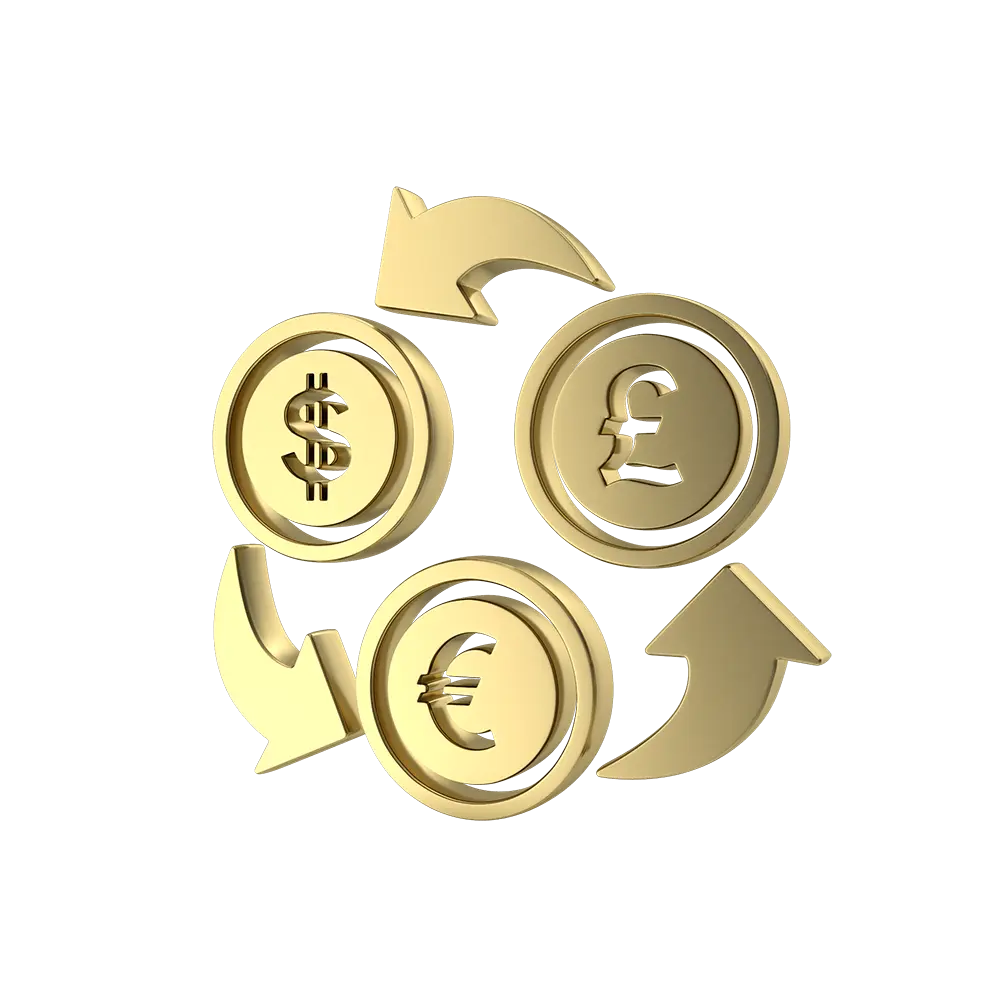
As they are so regularly traded, you’ll typically find the major pairs to have the tightest spreads. This makes them less costly to trade than other forex pairs.
Minor currency pairs
Minor pairs are currency pairs that are less popular, and don’t include the US dollar. They are also known as cross currencies.
Examples include:
- EUR/GBP – the euro vs British pound sterling
- EUR/CHF – the euro vs the Swiss franc
- GBP/AUD – British pound sterling vs the Australian dollar
- GBP/JPY – British pound sterling vs the Japanese yen
- CAD/JPY – the Canadian dollar vs Japanese yen
- CHF/JPY – the Swiss franc vs the Japanese yen
- EUR/NZD – the euro vs the New Zealand dollar
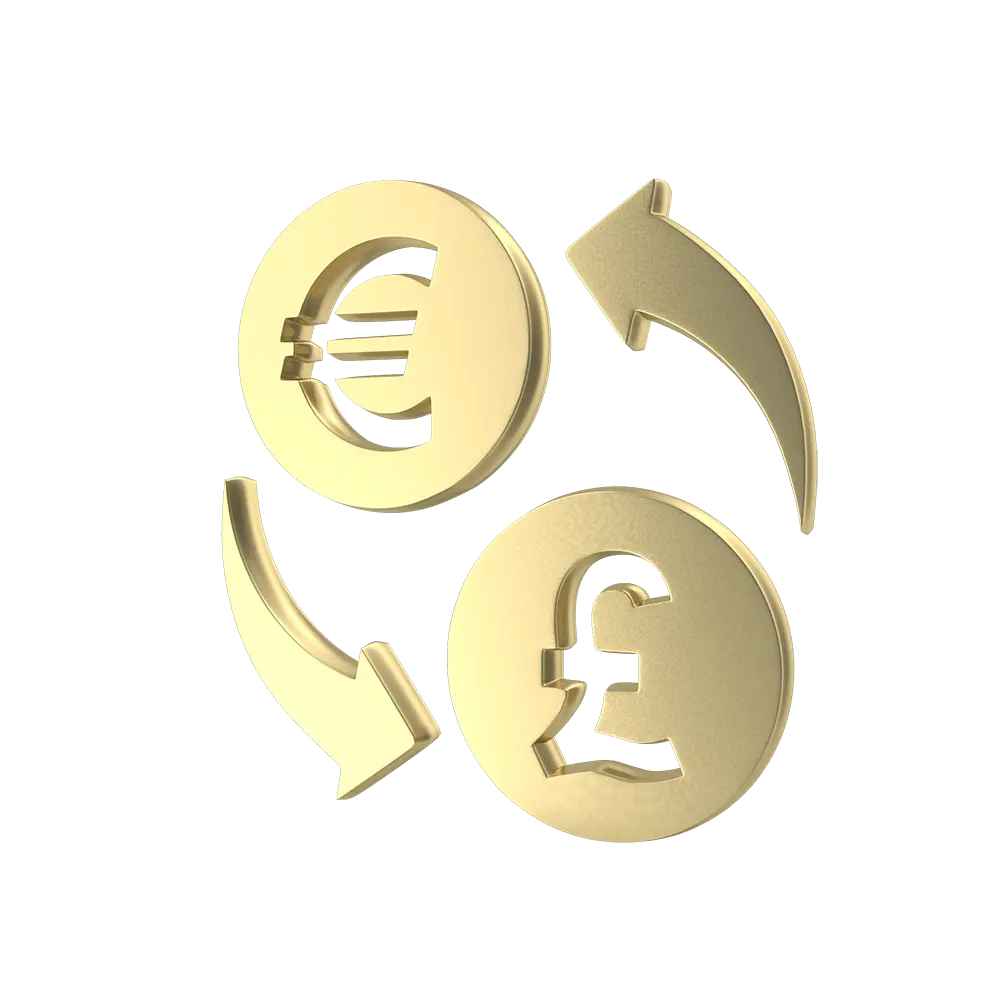
As they are less traded than the major pairs (meaning the market is not as liquid), the spreads are usually wider than the major currency pairs.
How to trade Forex
All forex pairs are quoted in terms of one currency versus another. Each currency pair has a ‘base’, which is the first denoted currency, and a ‘counter’, which is the second denoted currency.
Each currency could strengthen (appreciate) or weaken (depreciate). As there are two currencies in each pair, there are essentially four variables you are speculating on when it comes to forex trading.
If you believe the value of a currency will rise against another, you go long or ‘buy’ that currency. If you believe the value of a currency will fall against another, you go short or ‘sell’ that currency.
So for example, if you felt the USD would strengthen (appreciate) against the JPY, you’d go long or buy the USD/JPY forex pair. You’d also buy if you felt the JPY would weaken (depreciate) against the USD. Alternatively, if you felt the JPY would strengthen against the USD or the USD would weaken against the JPY, you’d sell or go short USD/JPY.
Getting started is easy
Watch 4T go to work in minutes. It’s that easy.
Create your account
Verify your account
Start trading
Related
FAQs
How do I open an account?
Visit our website: www.4T.com | Create Live account
What are the documents required?
To verify your account, you are requested to submit the below documents:
- A clear copy of a Proof of Identity, in the form of a National ID card or International Passport. Your full name, a photo, date of birth, and date of expiry must be clearly visible on the documents. Both sides of the document need to be submitted.
- A copy of a Proof of Residence, not older than 3 months, in the form of a utility bill (electricity, water etc.) or bank/card statement. The document must clearly show your full name, residential address, date of issuance, and a company stamp or logo.
How do I verify my email?
After you submit your personal details on the KYC form, you should receive an email to your inbox titled “Verify Email Address”. Open the email and click on the ‘Verify Email Address’ button to continue your onboarding process. If you do not receive a confirmation email in a few minutes, please check your Junk/Spam folder.
How do I update my account details?
If you wish to change any information previously submitted in your application, send us an Email to [email protected] or call us on +442033016473.
How can I change my Client Portal password?
Login into your client portal. and navigate to “Profile” -> “Personal Information” -> “Change Password”.
